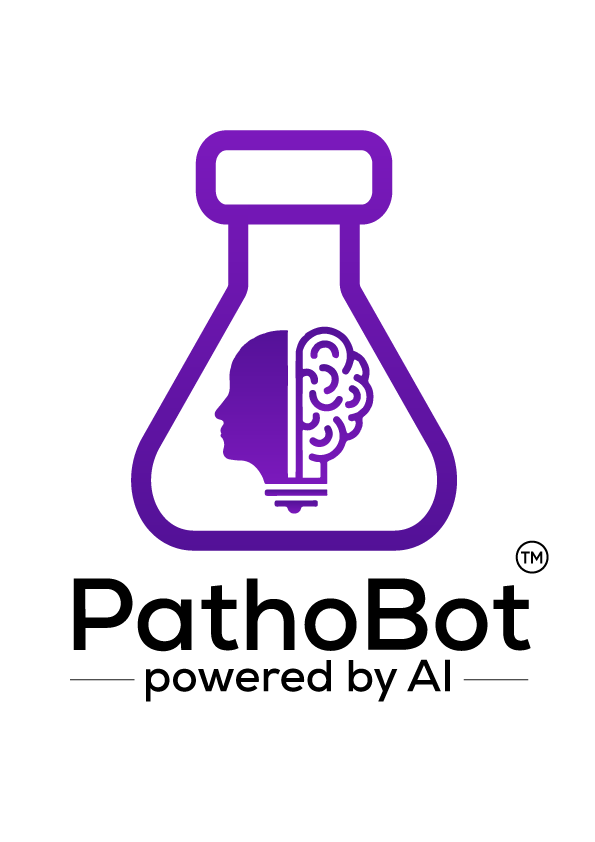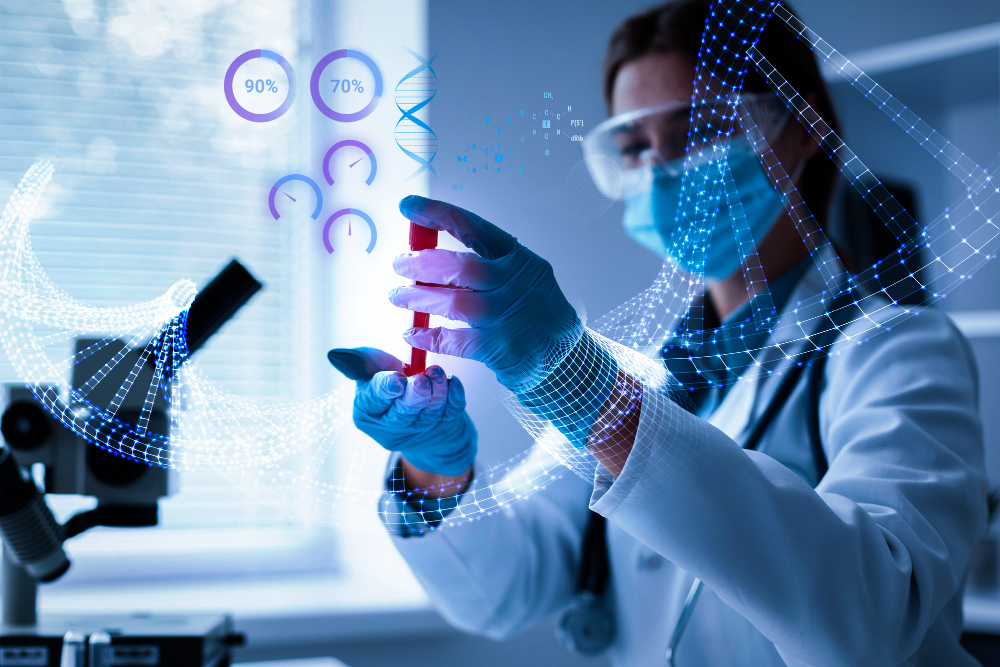Introduction:
In the era of digital transformation, medical fields are witnessing groundbreaking advancements, and pathology is no exception. Digital pathology, a revolutionary approach that replaces traditional glass slides with digitized images, is paving the way for the future of diagnostic imaging.
By harnessing the power of technology, digital pathology offers numerous benefits, including enhanced efficiency, improved accuracy, and global collaboration. In this article, we will explore the transformative potential of digital pathology and its role in shaping the future of diagnostic imaging.
- From Glass Slides to Digital Images:
Traditional pathology involves the preparation of tissue samples on glass slides, which are examined under a microscope. Digital pathology eliminates the need for physical slides by digitizing them using high-resolution scanners.
These digital images can be securely stored and accessed through a computer or a dedicated image management system. Pathologists can now analyze the images remotely, enabling faster turnaround times and improved accessibility for consultation and second opinions.
- Increased Efficiency and Productivity:
Digital pathology streamlines the diagnostic workflow, leading to increased efficiency and productivity. With digitized images, pathologists can easily navigate and review multiple slides simultaneously, saving valuable time.
Automated image analysis tools can aid in quantifying specific cellular features or identifying regions of interest, further reducing manual labor and enhancing accuracy.
Additionally, digital slides can be shared seamlessly among multiple pathologists, facilitating collaboration, interdisciplinary consultations, and knowledge sharing.
- Enhancing Accuracy and Quality Assurance:
Digital pathology offers advanced features that enhance accuracy and quality assurance. Pathologists can magnify and zoom in on specific areas of interest, enabling detailed examination and detection of subtle changes.
Image annotation tools allow pathologists to mark regions of importance or highlight specific cellular features, aiding in precise documentation and reporting.
Moreover, digital pathology enables the creation of standardized protocols and guidelines, promoting consistency in diagnostic practices and improving overall quality assurance.
- Telepathology and Global Collaboration:
One of the most significant advantages of digital pathology is its potential for telepathology and global collaboration. Pathologists can remotely access digital slides, enabling expert consultations regardless of geographical barriers.
This is particularly beneficial in underserved areas or regions lacking specialized pathology expertise. Through telepathology, pathologists can provide accurate diagnoses, share knowledge, and collaborate on complex cases, ultimately improving patient care and outcomes worldwide.
- Integration with Artificial Intelligence:
The integration of digital pathology with artificial intelligence (AI) holds tremendous promise for the future of diagnostic imaging. AI algorithms can analyze digital images, assisting pathologists in identifying patterns, quantifying biomarkers, and making more accurate diagnoses.
Machine learning models trained on vast datasets can augment pathologists’ expertise, providing valuable insights and improving diagnostic accuracy. With continued advancements in AI, digital pathology has the potential to transform pathology practice and unlock new possibilities for precision medicine.
Conclusion:
Digital pathology represents a paradigm shift in diagnostic imaging, revolutionizing the field of pathology. By embracing digital slides, pathologists can benefit from increased efficiency, improved accuracy, and enhanced global collaboration.
The integration of advanced technologies such as telepathology and artificial intelligence further amplifies the potential of digital pathology.
As this innovative approach continues to evolve, it is poised to shape the future of diagnostic imaging, empowering pathologists to provide faster, more accurate diagnoses and ultimately improve patient care worldwide.

